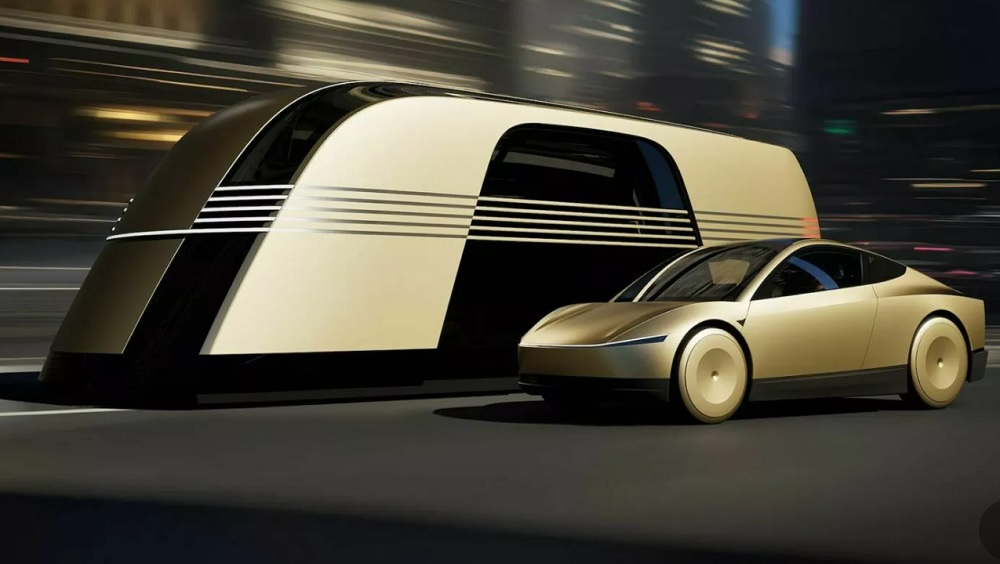Despite his claims that autonomous cars could be 10 times safer than human drivers, analysts are skeptical because of the tech’s challenges with safety, bad weather, and complex traffic scenarios.
The robotaxi market is competitive, with Waymo (owned by Alphabet) already ahead with about 700 Jaguar Land Rover cars in its fleet, and other companies like GM’s Cruise with the Chevrolet Bolt EV and Amazon's Zoox in the game.
However, Tesla is unique because it avoids using lidar, relying only on AI and cameras—something experts find tricky, both technically and for regulations. Although mentioning 2026, Elon didn’t share a clear timeline on when Tesla could ramp up production or get the necessary regulatory approvals.
He did mention that operating costs for the Cybercab could go as low as 20 cents a mile and even cheaper for the robovan at 5 cents per mile. However, there's still skepticism, given that he previously missed his 2020 robotaxi goal.
As for other car models, "We do expect to start fully autonomous unsupervised FSD [full self-driving] in Texas and California next year [2025]," Elon said at the event, referring to the Model 3 and Model Y.
Overall, while the Tesla founder paints a rosy picture of the future of transportation, including more progress on Tesla’s humanoid robot Optimus, many are wondering how these ambitious plans will be achieved and when. Let's keep our eyes out!




